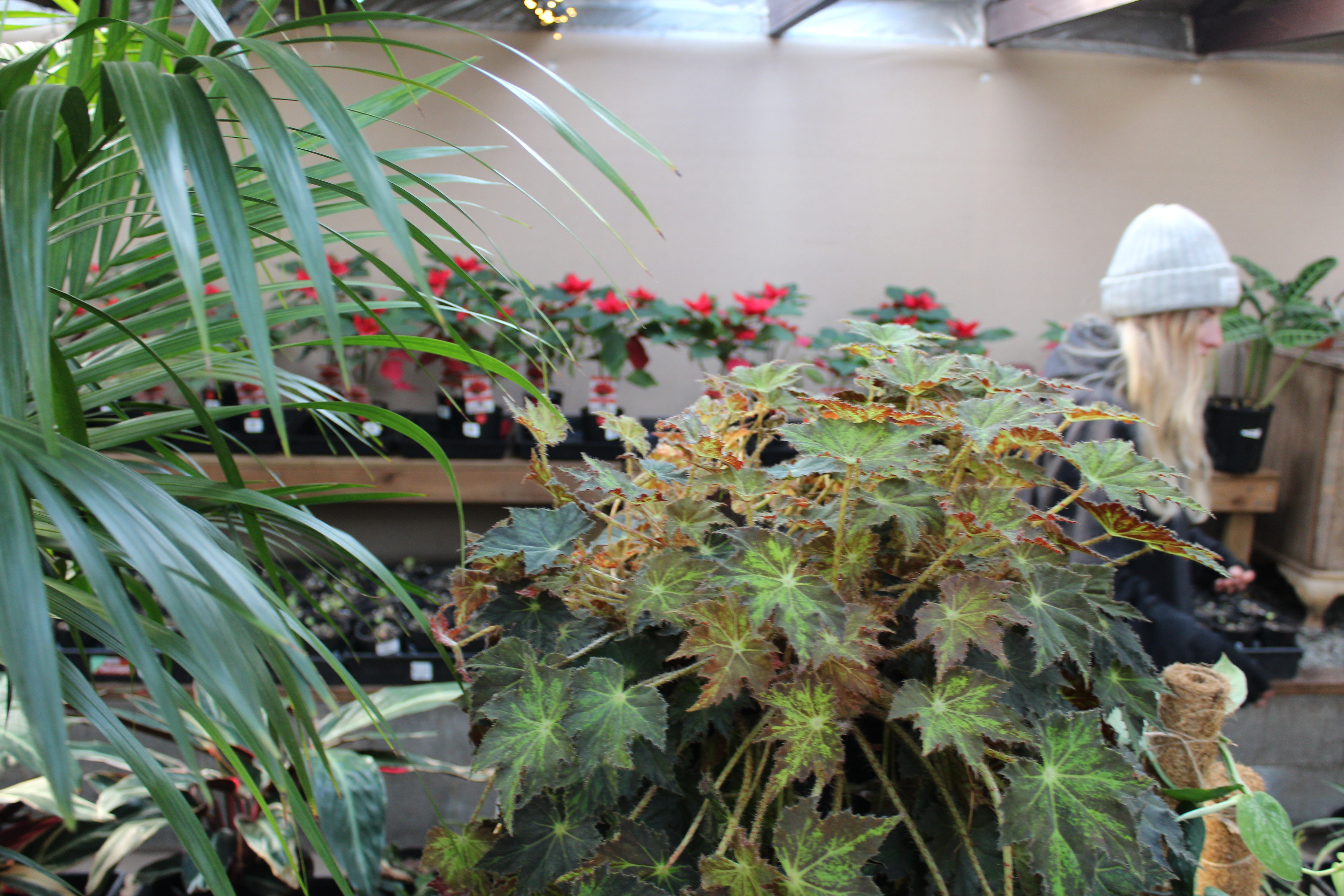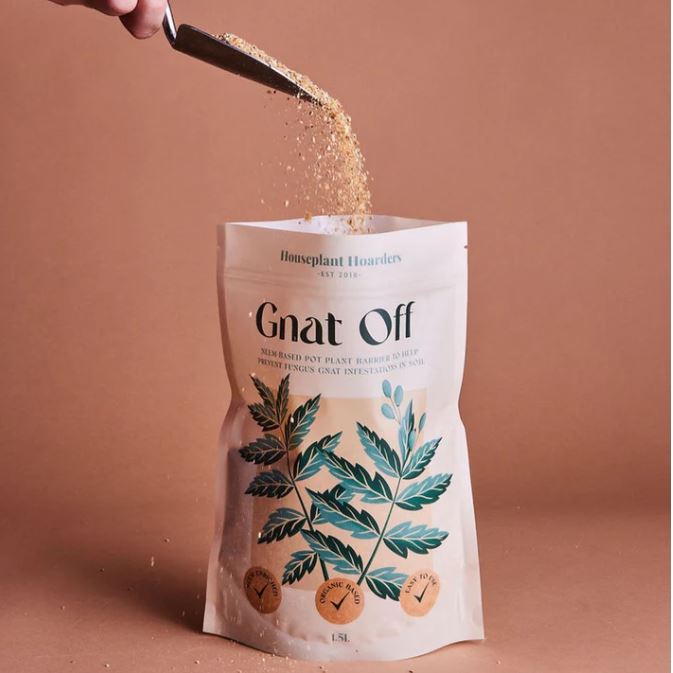Fungus gnats, those tiny, pesky flies that seem to appear out of nowhere, can quickly become a nuisance for indoor gardeners. At our garden center, we believe in natural, eco-friendly solutions to combat these unwelcome guests. By employing a combination of preventive measures and natural control methods, we've successfully kept fungus gnats at bay in our nursery environment and plant collection. In this blog post, we'll share our tried-and-true methods for controlling fungus gnats, ensuring healthy and thriving houseplants.Preventive Measures: A Solid Foundation
 .
.
-
Preventive Measures: A Solid Foundation
Healthy Plants Start with Healthy Soil
Fungus gnats often invade homes through contaminated or waterlogged soil. Overwatering and poor drainage create ideal breeding conditions. To combat this, we recommend well-draining soil mixes that promote healthy root growth and deter infestations.Gnat Off: A Natural Barrier
This incredible top dressing forms a protective layer of neem granules and pumice. Gnat Off prevents eggs from hatching and deters adult gnats from laying more eggs, acting as an impenetrable barrier. It’s a game-changer in fungus gnat prevention and control.Apply a 1-2cm thick layer of Gnat Off to the surface of your potting mix. Press down to help create a soil barrier. Top off as needed.
Just note that using a barrier like this may cause your soil to retain more moisture than usual, so monitor this and adjust your watering accordingly 
Natural Control Methods
Neem Oil as a Soil Drench
Neem oil, a natural plant extract, is a powerful tool in controlling fungus gnat larvae. When applied as a soil drench, it effectively eliminates larvae while also offering antifungal benefits to aid plant recovery. Follow the instructions on the concentrated solution for best results.Sticky Traps: Effective and Attractive
Our butterfly-shaped sticky traps are a charming addition to any indoor garden. These traps capture adult gnats, preventing them from laying more eggs. For best results, integrate these traps with other natural control methods for a multi-faceted approach.Diatomaceous Earth
Food-grade diatomaceous earth is a safe, eco-friendly powder that dehydrates larvae on contact. Sprinkle a thin layer on the soil surface for effective pest control without harmful chemicals.Cinnamon Dusting
A sprinkle of cinnamon on the soil surface acts as a natural deterrent. Not only does it repel gnats, but it also offers antifungal properties to promote healthier roots.Vinegar Traps
For a DIY approach, vinegar traps can effectively capture adult gnats. Combine apple cider vinegar with a few drops of dish soap in a container, cover with plastic wrap, and poke small holes for entry. Place these traps near affected areas for best results.Why Choose Our Butterfly-Shaped Sticky Traps?
Our sticky traps are not only functional but also affordable. At just $8.95 for a pack of 10, they offer unbeatable value while helping you maintain a healthy, pest-free indoor garden.

By implementing these preventive measures and natural remedies, you can control fungus gnats and ensure the health of your indoor plants. Healthy soil, natural barriers like Gnat Off, and eco-friendly options such as neem oil, sticky traps, and diatomaceous earth provide a comprehensive defense. Together, these strategies ensure your houseplants thrive in a pest-free environment.
Here's to happy gardening without the gnats!

